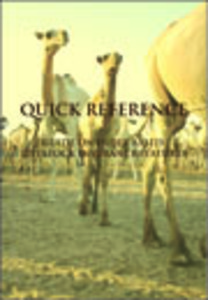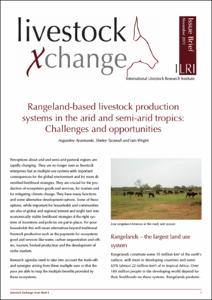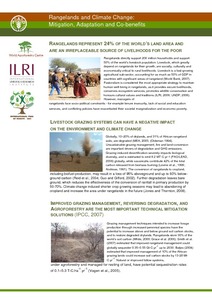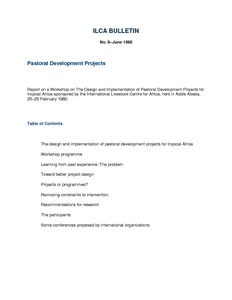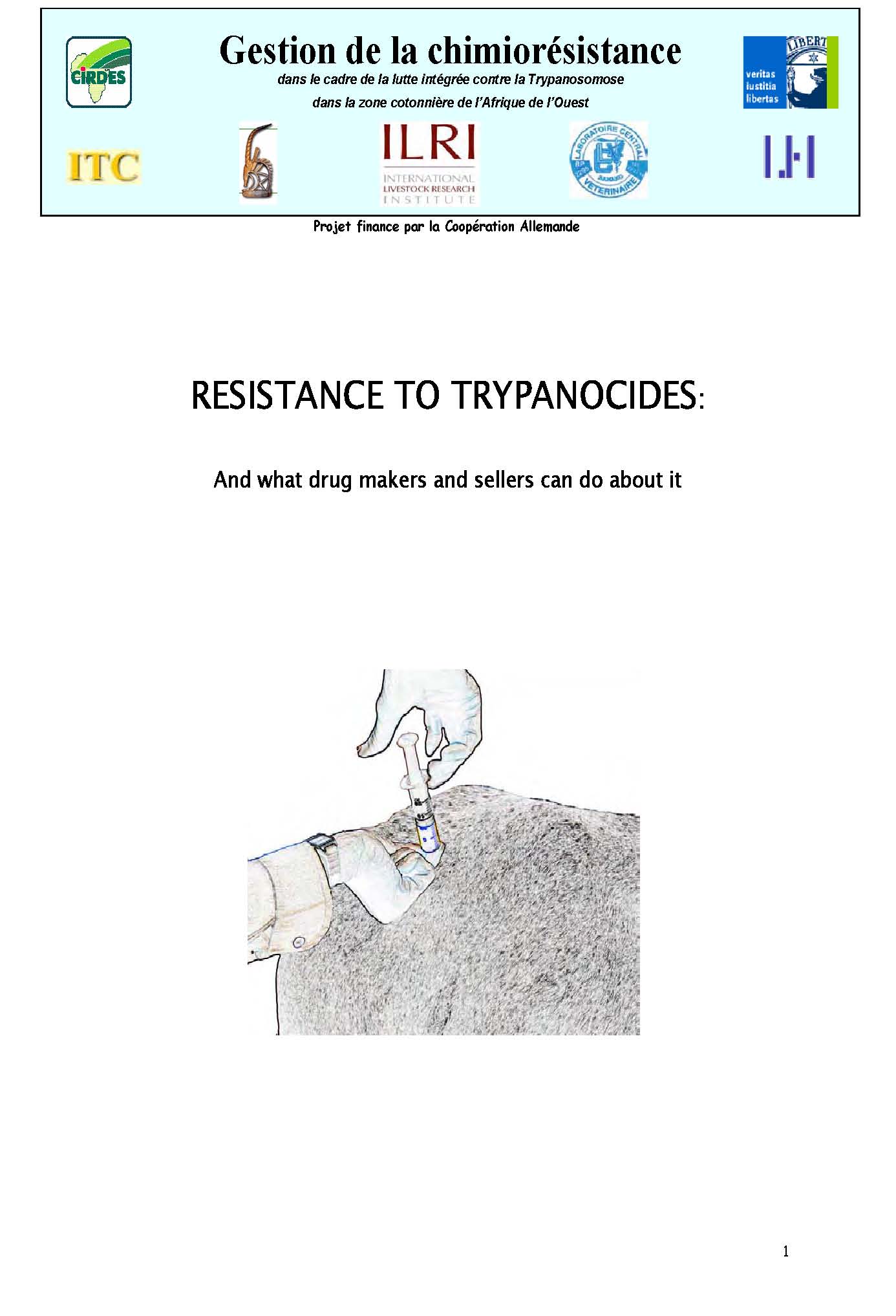Protéger et promouvoir le pastoralisme en Afrique
Le pastoralisme subvient aux besoins de dizaines de millions de personnes. Il utilise au mieux des environnements difficiles et offre de nombreux avantages économiques et sociaux. Lors du Briefing de Bruxelles sur le développement portant sur « Les nouveaux défis et opportunités pour le pastoralisme dans les pays ACP », les experts ont souligné les politiques à adopter en vue d'améliorer le bien-être des communautés pastorales dépendant de l'élevage de cheptel.
Quick reference: Guide on Index Based Livestock Insurance features
Protecting and promoting pastoralism in Africa
Pastoralism supports tens of millions of people, makes the best use of harsh environments and provides many economic and social benefits. At the Brussels Development Briefing on ‘New Challenges and Opportunities for Pastoralism in ACP Countries’, experts highlighted policies to improve the welfare of livestock herding communities.
Rangelands and climate change: Mitigation, adaptation and co-benefits
Repeated droughts and hazards are the real challenge for Pastoralist communities
Jan de Leeuw from ILRI reflects on the impacts of droughts and hazards on pastoral communities in Africa. He argues that pastoralists are often well-adapted to short term hazards and droughts. A single-season drought weakens livestock and communities. When rains fail repeatedly however, the problems start, and the impacts can be long-lasting. He was talking in the margins of the recent conference in Addis Ababa on the future of pastoralism in Africa. The Addis Ababa conference (21-23 March 2011) was organized by the Future Agricultures Consortium with Tufts University.
Report on a workshop on the design and implementation of pastoral development projects for tropical Africa
Synthesis of discussion on the design and implementation of pastoral development projects, particularly with reference to the project concept, basic constraints and information needs, organizational aspects and monitoring, w. recommendations.
Resource utilization and managing conflict in the pastoral community of Ethiopia
Review of dairy marketing and processing in a semi-arid pastoral system in Ethiopia
Studies were conducted among pastoralists on the Borana Plateau in 1986-89. Household surveys described seasonal milk production and allocation, marketed supply of dairy products, incidence of calf morbidity and mortality and human consumption of dairy products and grain. The efficiency of butter-making was measured. Dairying among the Borana is controlled by the women. Overall, 69 percent of milk produced was used as fresh milk and the remainder was soured for direct consumption or butter processing.


